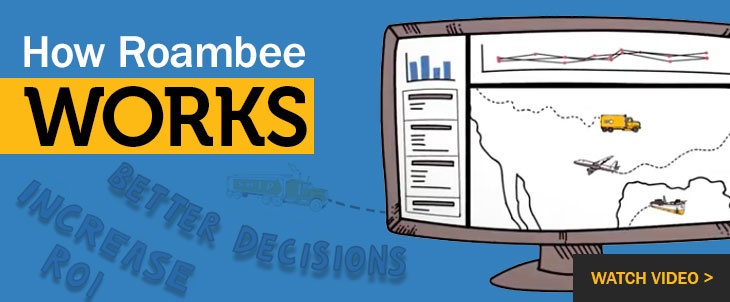Today’s IoT marketplace is growing exponentially and industry spend estimates for the next few years continue to climb. Cisco predicts the global Internet of Things market will be $14.4 trillion by 2022, with the majority invested in improving customer experiences. Cisco suggested that additional areas of investment would include reducing the time-to-market ($3 Trillion), improving supply chain and logistics ($2.7 Trillion), cost reduction strategies ($2.5 Trillion) and increasing employee productivity (another $2.5 Trillion). Several leading segments for growth have been identified, and adoption of new devices and platforms to enhance shipping efficiency and security are being adopted at a rapid rate. Leading companies have already realized that adopting IoT technology is no longer a question of if they will, but when they will. While analysts continue to scour the market for trends, and update predictions, it becomes even more critical for you to listen to what early IoT adopters are looking for, and what major business problems are being solved in the market today. And, most importantly, where will IoT investment reap you the biggest reward?
IoT brings you real-time visibility
The logistics industry is starting to adopt, as well as adapt to, IoT technology such as sensors, and devices, to track shipments, trucks, equipment and property. These sensors and devices allow for greater control of inventory and goods, environmental conditions, control of shipments, and theft. IoT technologies solve one of the biggest problems in the logistics sector: visibility, which is traditionally a manual and error-prone process.
IoT helps you reduce theft
Right now, one of the biggest areas of interest from top companies in the logistics space is reducing theft of their goods, property or products. Researchers report that 89 percent of logistics and shipment service providers believe a lack of visibility into the status of their supply chain is one of the biggest challenges they face today. This lack of visibility does not only pertain to where your shipments are, but also what is happening to them, and if they are secure. The exact number of thefts in the industry, and the value of the stolen goods, is difficult to quantify because many incidents go unreported. This under-reporting is typically due to fear of hiked insurance rates or brand damage from negative publicity. The FBI estimates total loss value is between $15 billion and $30 billion annually. The Australian Institute of Criminology estimates put the annual worldwide financial impact from cargo loss at about $60 billion. This makes theft a pain point for many companies and a problem worth seeking new solutions for.
With IoT and logistics tracking solutions, you can implement preventative measures, reducing theft of your goods and property for a minimal investment. Real-time information and detection can not only reduce thefts, but it can serve to recover goods before they are lost completely. Time is a key element in goods recover and early warning through IoT visibility plays a critical role. The data can also influence changes to shipping routes and procedures for better safety further reducing the likelihood of loss.
Global connectivity: A must in your IoT solution
For successful theft reduction, you need an IoT solution that can provide you with global connectivity. Chances are that your enterprise is doing business around the globe (or you have vendors in other countries) and therefore you will need visibility of your goods, products, and property no matter where it is, or through what mode it gets shipped – air, sea, surface or rail. When dealing with global logistics, especially in certain areas of the globe, theft becomes an even bigger problem – creating a more urgent need for reliable tracking and recovery. Data helps you enhance your shipping operations through real-time and past insights.
How else can you use IoT data smartly?
Using data gathered from these devices, companies are able define and restrict shipping routes, evaluate their third party carriers, reduce insurance costs, and streamline their shipping processes. In this case, data will also allow for the interception or redirection of damaged goods before it reaches the customer. Data is arguably one of the most valuable pieces of IoT, and in this area incredibly useful to streamlining how shipping will occur, on what terms, where, and how efficiently. Data-driven decision making is critical in today’s market for business to stay competitive.
In Summary
For companies lacking a clear IoT strategy, a challenge and huge opportunity for them is to utilize the technology and leverage the tools available to help make sense of business data. With the solutions presently available in the market, and new, customer-centric costs/pricing models, it is even easier for companies to implement an IoT strategy, and deploy it, within their budget and timeframe. In logistics specifically, companies looking to revolutionize the way they ship can leverage IoT logistic solutions, to realize significant ROI, reduced theft, and ensure a higher chance of recoverability. In addition to that, they can use data to analyze high theft routes and modify their shipping and transport practices to save themselves millions.














